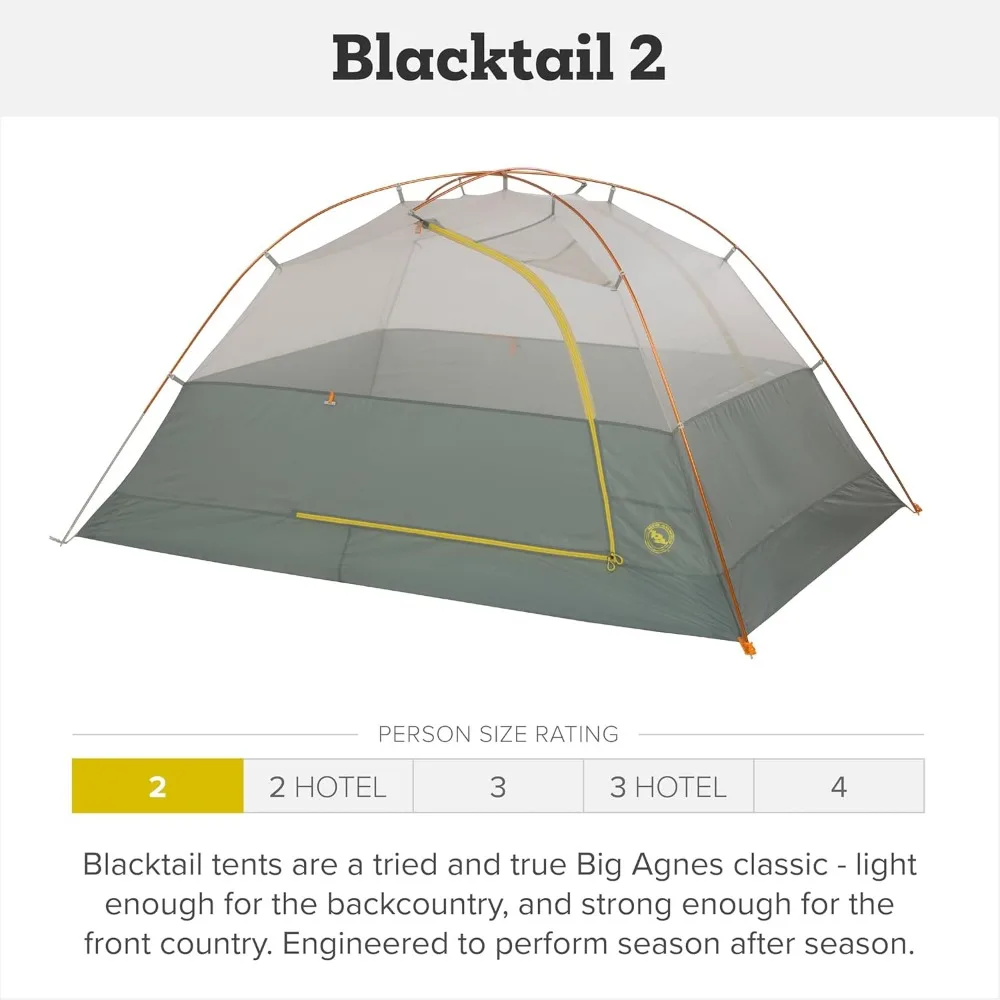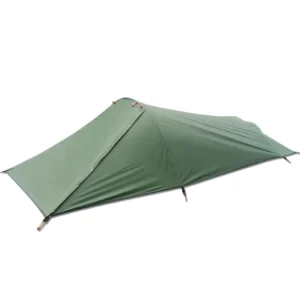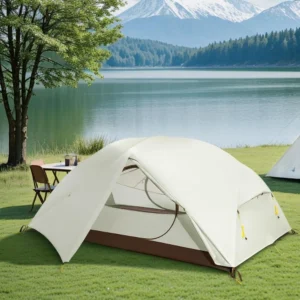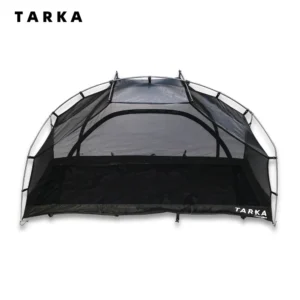Introduction: Finding the Perfect Alpine Shelter
When venturing into high-altitude environments, your shelter becomes your lifeline against extreme weather. Ultralight windproof shelters for mountaineering represent a careful balance between minimal weight and maximum protection—a balance that can literally be a matter of life and death in alpine conditions.
Mountaineering shelters face unique challenges that regular camping tents simply aren’t designed to handle:
- Wind speeds that can exceed 60+ mph at altitude
- Dramatic temperature swings from day to night
- Heavy snow loads that can collapse inferior structures
- Limited flat terrain for setup
- The need for rapid deployment when conditions deteriorate
The perfect alpine shelter must withstand these challenges while adding minimal weight to your pack. After all, every extra ounce becomes increasingly burdensome during technical climbs and high-altitude traverses.
At Explore Elements, we’ve tested dozens of shelters across varied alpine environments—from the windswept peaks of mountain ranges to snow-covered plateaus. Our assessment focuses on the critical weight-to-protection ratio, durability under stress, and setup efficiency in harsh conditions.
Understanding different shelter options for two campers forms the foundation of making smarter decisions for your mountaineering adventures. As we explore the world of 4-season winter tents, we’ll guide you through everything you need to know about selecting gear that won’t let you down when mother nature unleashes her fury.
Understanding Ultralight Mountaineering Shelter Requirements
Mountaineering shelters must meet a significantly different set of requirements compared to standard backpacking tents. These differences aren’t merely preferences—they reflect the harsh realities of alpine environments where equipment failure can have serious consequences.
Weight Considerations
Unlike recreational camping where a few extra pounds might go unnoticed, weight is absolutely critical in mountaineering:
- Every 100 grams (3.5 oz) saved allows for carrying additional emergency supplies or food
- Heavier loads increase energy expenditure, reducing climbing efficiency by up to 15%
- Fatigue from carrying excess weight can impact decision-making and safety
True ultralight mountaineering shelters typically weigh between 2-4 pounds (900-1800g), compared to standard backpacking tents that often exceed 5 pounds (2270g).
Wind Resistance Requirements
Alpine environments frequently experience sustained high winds and sudden gusts that can destroy inadequately designed shelters:
- Structures must withstand sustained winds of 30-40 mph and gusts over 60 mph
- Pole systems need appropriate flexibility to absorb impact without breaking
- Aerodynamic profiles that shed wind rather than catch it like a sail
Snow Load Capacity
Unlike three-season shelters, mountaineering shelters must support the weight of accumulating snow:
– Steeper walls and reinforced pole structures prevent collapse
– Strategic design prevents snow pockets from forming
– Support systems that distribute weight evenly across the structure
When choosing the ultimate compact shelter, these alpine-specific requirements become even more crucial. The best windproof tents for cold weather incorporate specialized materials and structural designs that maximize protection while minimizing weight.
Types of Ultralight Windproof Shelters for Alpine Environments
Each shelter type offers distinct advantages and compromises for mountaineering applications. Understanding these differences is essential for selecting appropriate protection for your specific expedition needs.
Single-Wall Tents
Pros:
– Lightest fully-enclosed option (typically 2-3 lbs/900-1400g)
– Rapid setup in difficult conditions
– More efficient use of materials reduces packed size
Cons:
– Higher condensation risk due to lack of separate rainfly
– Often less breathable than double-wall designs
– Generally less durable over time
Single-wall tents like the Black Diamond Firstlight or Mountain Hardwear AC2 represent the ultralight gold standard for fast-and-light alpinism, with weights starting around 2.5 pounds.
Ultralight 4-Season Double-Wall Tents
Pros:
– Superior condensation management
– Better insulation against extreme cold
– More durable through separation of inner/outer layers
Cons:
– Heavier than single-wall (typically 3-5 lbs/1400-2300g)
– More complex setup in challenging conditions
– Larger packed size
Modern ultralight double-wall tents have dramatically reduced weight penalties, with options like the Hilleberg Jannu striking an impressive balance between protection and portability.
Pyramid Shelters/Mids
Pros:
– Exceptional strength-to-weight ratio
– Superior wind shedding due to sloped walls
– Excellent space efficiency for weight
– Versatile pitching options
Cons:
– Often require trekking poles or separate center pole
– Many lack integrated floors
– Less protection from spindrift without modifications
Pyramid shelters like the Black Diamond Mega Light or HMG UltaMid represent perhaps the most wind-resistant design per ounce of any shelter style.
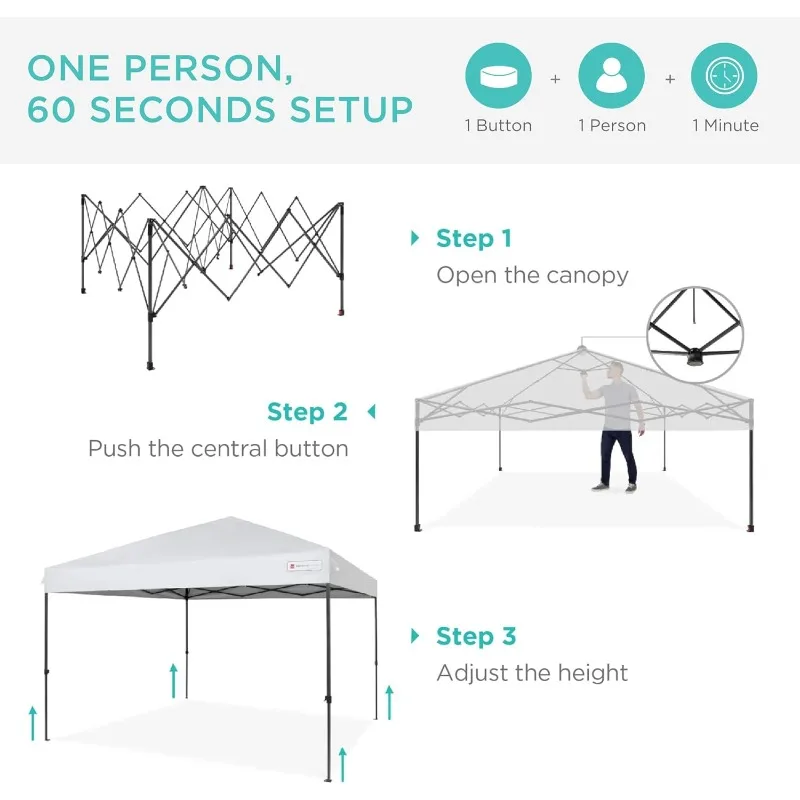
Bivy Sacks & Emergency Shelters
Pros:
– Absolute minimum weight (1-2 lbs/450-900g)
– Minimal footprint for limited terrain options
– Quick deployment in emergencies
– Can complement other shelter systems
Cons:
– Extremely confined space
– Poor condensation management
– Limited protection from precipitation
– Not suitable for extended stays
Bivy sacks represent the minimalist approach, offering personal weather protection with maximum weight savings.
Hybrid Designs
Pros:
– Combine benefits of multiple shelter types
– Often feature innovative solutions to common problems
– Can offer exceptional versatility
Cons:
– Sometimes compromise performance in specific areas
– May have unique setup requirements
– Often more expensive than traditional designs
Innovative options like the Tarptent Stratosphere combine single-wall design with double-wall ventilation benefits and minimal weight.
The mountaineering tent category encompasses many of these specialized designs, each optimized for specific conditions and priorities. Your selection should reflect the unique demands of your expedition style and expected conditions.
Critical Materials and Construction Features
The materials and construction methods used in ultralight mountaineering shelters directly determine their performance capabilities in extreme conditions.
Fabric Technologies
| Fabric Type | Weight | Strength | Water Resistance | UV Resistance | Key Benefits |
|---|---|---|---|---|---|
| DCF (Dyneema Composite Fabric) | Lightest | Very High | Excellent | Good | Zero stretch when wet, extremely waterproof |
| Silnylon | Light | Good | Very Good | Moderate | Cost-effective, moderate packability |
| Silpoly | Light | Good | Very Good | Excellent | No stretching when wet, excellent UV resistance |
| High-Tenacity Nylon | Moderate | Excellent | Very Good | Moderate | Superior tear strength and durability |
DCF (formerly Cuben Fiber) represents the premium ultralight option with a waterproof rating exceeding 8,000mm hydrostatic head but comes with a significant price premium. Silpoly offers an excellent middle-ground with its dimensional stability and resistance to UV degradation.
Pole Systems
Pole materials and configurations play a crucial role in a shelter’s ability to withstand alpine conditions:
- Aluminum Alloy: More durable and less catastrophic failure mode; approximately 30% heavier than carbon fiber
- Carbon Fiber: Ultimate weight savings with excellent strength but can shatter under extreme stress
- Pole Diameter: Larger diameters (9-10mm) provide significantly greater strength than standard backpacking poles (8-9mm)
- Hub Designs: Interconnected hub systems increase structural integrity but add complexity and weight
The most effective designs for heavy duty 4-season tents incorporate strategic pole crossings that distribute stress throughout the structure rather than concentrating it at vulnerable points.
Reinforcement Zones
Critical stress areas require additional material or structural support:
- Stake points (often reinforced with Hypalon or additional fabric layers)
- Ridge seams where maximum tension occurs
- Pole contact points where abrasion can cause long-term damage
- Door surrounds that experience frequent stress cycles
Ventilation Systems
Effective ventilation is especially critical in mountaineering shelters to manage condensation at varying temperatures:
- Adjustable peak vents with storm flaps
- Protected side vents that function even during precipitation
- Breathable fabric panels strategically placed away from snow contact areas
Understanding the differences between ultralight and lightweight tents helps clarify the material compromises that manufacturers make to achieve weight targets without sacrificing critical protection.
Design Elements That Enhance Alpine Performance
Beyond materials, specific design features significantly impact how ultralight shelters perform in mountaineering scenarios.
Aerodynamic Profiles
The shape of a shelter dramatically affects its wind resistance capabilities:
- Low, dome-shaped designs present minimal surface area to winds
- Tapered ends reduce wind pressure on critical stress points
- Smooth curves shed wind more effectively than flat panels
- Geodesic or semi-geodesic designs distribute wind pressure across multiple poles
A well-designed alpine shelter can withstand winds up to 40% stronger than a comparably built shelter with poor aerodynamics.
Guyline Systems
Critical for stabilizing shelters in high winds:
- Multiple attachment points spread force across the structure
- Reflective cords improve visibility in low light conditions
- Tensioners or specialized knots enable quick adjustments as fabrics stretch
- Strategic positioning to counter specific wind directions
Vestibule Design
Effective vestibules balance protected space with weight considerations:
- Snow-shedding angles prevent accumulation
- Sufficient space for gear storage and cooking in poor weather
- Multiple configuration options for ventilation control
- Protected entryways that minimize snow entry during access
Snow Flaps and Perimeter Sealing
Unlike three-season shelters, alpine designs incorporate features to prevent snow infiltration:
- Extendable snow skirts that can be buried for sealing
- Adjustable perimeter tension systems
- Higher bathtub floors (15-20cm) to prevent spindrift entry
- Sculpted door designs that shed rather than collect snow
Ultralight trekking pole tents often incorporate innovative design solutions that maximize the strength-to-weight ratio through specialized architectural principles rather than relying solely on heavier materials.
Top Ultralight Windproof Shelters for Mountaineering: Expert Recommendations
After extensive field testing in various alpine environments, these standout shelters represent the best balance of ultralight weight and windproof protection for mountaineering applications.
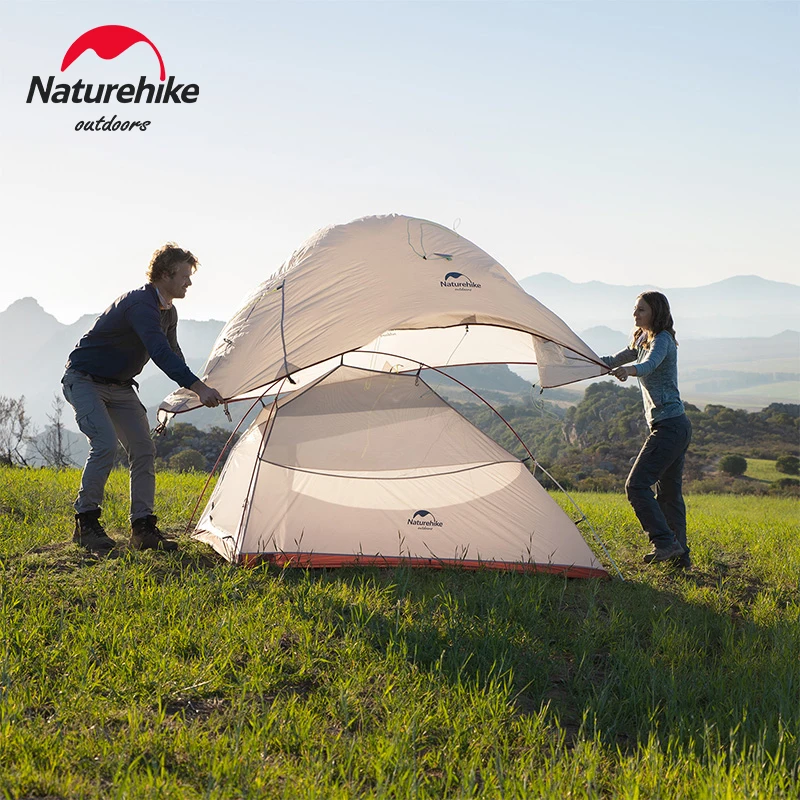
Best Overall Ultralight Mountaineering Shelter
The Hilleberg Jannu
| Specification | Details |
|---|---|
| Packed Weight | 6 lbs 2 oz (2.8 kg) |
| Floor Area | 34.4 sq ft (3.2 m²) |
| Peak Height | 39 inches (100 cm) |
| Pole Material | 9mm DAC Featherlite aluminum |
| Fabric | 30D High-Tenacity Nylon |
| Price Range | $900-$1000 |
Key Benefits:
– Exceptional wind stability tested above 60 mph
– Dome structure sheds snow effectively
– Relatively quick setup with color-coded poles
– 4+ season reliability in the harshest conditions
Limitations:
– Higher weight compared to more minimal options
– Premium price point
– Limited vestibule space
Top Single-Wall Option
Black Diamond Firstlight
| Specification | Details |
|---|---|
| Packed Weight | 3 lbs 6 oz (1.5 kg) |
| Floor Area | 27.3 sq ft (2.5 m²) |
| Peak Height | 42 inches (107 cm) |
| Pole Material | DAC Featherlite aluminum |
| Fabric | NanoShield single-wall fabric |
| Price Range | $350-$400 |
Key Benefits:
– Exceptionally light for a freestanding design
– Fast setup (under 2 minutes in practiced hands)
– Excellent space-to-weight ratio
– Compact packed size
Limitations:
– Condensation management requires careful venting
– Limited protection in sustained heavy precipitation
– Minimal vestibule protection
Lightweight Backpacking Tent, Ultralight Backpacking Tent, Ultralight Bivy Tent
Ultralight Single Person Camping Tent with Aluminum Poles for 3-Season Backpacking Waterproof DesignPrice range: $94.88 through $326.82 Select options This product has multiple variants. The options may be chosen on the product pageLightweight Backpacking Tent, Ultralight Backpacking Tent, Waterproof Backpacking Tent
$391.05 Select options This product has multiple variants. The options may be chosen on the product pageHeavy Duty 4 Season Tent, Mountaineering Tent, Winter Camping Tent
$870.40 Select options This product has multiple variants. The options may be chosen on the product pageUltralight Backpacking Tent, Ultralight Dome Tent, Winter Camping Tent
Price range: $369.63 through $370.07 Select options This product has multiple variants. The options may be chosen on the product pageHeavy Duty 4 Season Tent, Ultralight Freestanding Tent, Winter Camping Tent
$3,722.66 Select options This product has multiple variants. The options may be chosen on the product pageUltralight Backpacking Tent, Ultralight Trekking Pole Tent
Price range: $350.87 through $351.98 Select options This product has multiple variants. The options may be chosen on the product page
Most Durable Ultralight Shelter
Mountain Hardwear Trango 2
| Specification | Details |
|---|---|
| Packed Weight | 9 lbs 10 oz (4.4 kg) |
| Floor Area | 40 sq ft (3.7 m²) |
| Peak Height | 38 inches (96.5 cm) |
| Pole Material | DAC Featherlite aluminum |
| Fabric | 70D Nylon Taffeta with silicone coating |
| Price Range | $650-$700 |
Key Benefits:
– Expedition-proven reliability
– Superior weather protection in sustained storms
– Generous vestibule space
– Serviceable in the field with basic repair kit
Limitations:
– Weight penalty compared to true ultralight options
– Larger packed size
– Overkill for less severe conditions
The winter camping tent category offers various specialized options that balance protection against extreme weather with considerations for weight and packability.
Essential Setup and Anchoring Techniques for Alpine Conditions
Even the best-designed shelter will fail if improperly deployed. Mastering these specialized setup techniques is essential for mountaineering security.
Site Selection Fundamentals
- Seek natural windbreaks like rock formations or terrain features
- Avoid potential avalanche paths and snow collection areas
- Identify potential water runoff patterns if temperatures rise
- Assess overhead hazards such as cornices or loose rock
- Consider morning sun exposure for natural warming/drying
Proper Orientation Against Prevailing Winds
- Position the lowest, most aerodynamic end toward prevailing winds
- Avoid setting doors facing directly into wind when possible
- Consider how wind direction might change overnight (valley/mountain wind cycles)
Securing in Snow and Ice
Snow Stake Techniques:
1. Bury stakes horizontally (“deadman” style) 8-12 inches deep
2. Pack snow firmly above buried stakes
3. Allow guylines to freeze for additional strength
4. Check tension periodically as snow settles
Using Ice Axes and Trekking Poles:
1. Drive at 45° angle away from tent
2. Secure guylines to the shaft below the head
3. Pack snow around shaft for additional stability
Achieving Maximum Tension
- Initial setup should establish basic structure
- Systematically tighten opposing sides to maintain symmetry
- Final tensioning should occur after shelter is fully staked
- Re-tension after 30 minutes as materials settle
Compact winter tents require particular attention to proper setup as their minimal designs often rely on perfect tension for structural integrity.
Managing Condensation and Moisture in Alpine Shelters
Condensation management is particularly challenging in mountaineering shelters due to the significant temperature differential between body heat and outside air.
Preventative Strategies
- Ventilation Optimization:
- Leave vents partially open even during precipitation
- Position door openings to create airflow paths
Adjust ventilation based on temperature changes
Site Selection:
- Avoid setting up directly on snow when alternatives exist
- Stay away from water sources where humidity is higher
Select sites with natural air movement
Internal Management:
- Keep wet gear in vestibules when possible
- Minimize cooking inside the shelter
- Shake out sleeping bags each morning to release trapped moisture
Mitigation Techniques
- Wipe down interior walls with a small camp towel before moisture freezes
- Dry wet gear during breaks using body heat when possible
- Ventilate aggressively during any temperature increases
- Use vapor barrier liners in sleeping systems to reduce moisture from perspiration
The size of your shelter significantly impacts condensation management. Understanding what size tent is good for 2 people helps balance adequate space for gear and occupants while minimizing excess air volume that can increase condensation issues.
Emergency Repair Techniques for Field Maintenance
When far from civilization, the ability to repair shelter damage becomes a critical skill for mountaineers.
Essential Repair Kit Components
- Tenacious Tape or similar heavy-duty repair tape
- Silicone sealant or seam grip
- Needle and heavy thread or dental floss
- Spare cord for guyline replacement
- Small multi-tool with pliers
- Spare pole section or repair sleeve
Fabric Tear Repairs
Temporary Solutions:
1. Apply repair tape to both sides of tear
2. Ensure fabric is clean and dry before application
3. Round the corners of tape pieces to prevent peeling
More Durable Field Repairs:
1. Clean the area thoroughly
2. Apply repair tape to the outside
3. Sew larger tears when possible before taping
4. Reinforce high-stress areas with additional tape
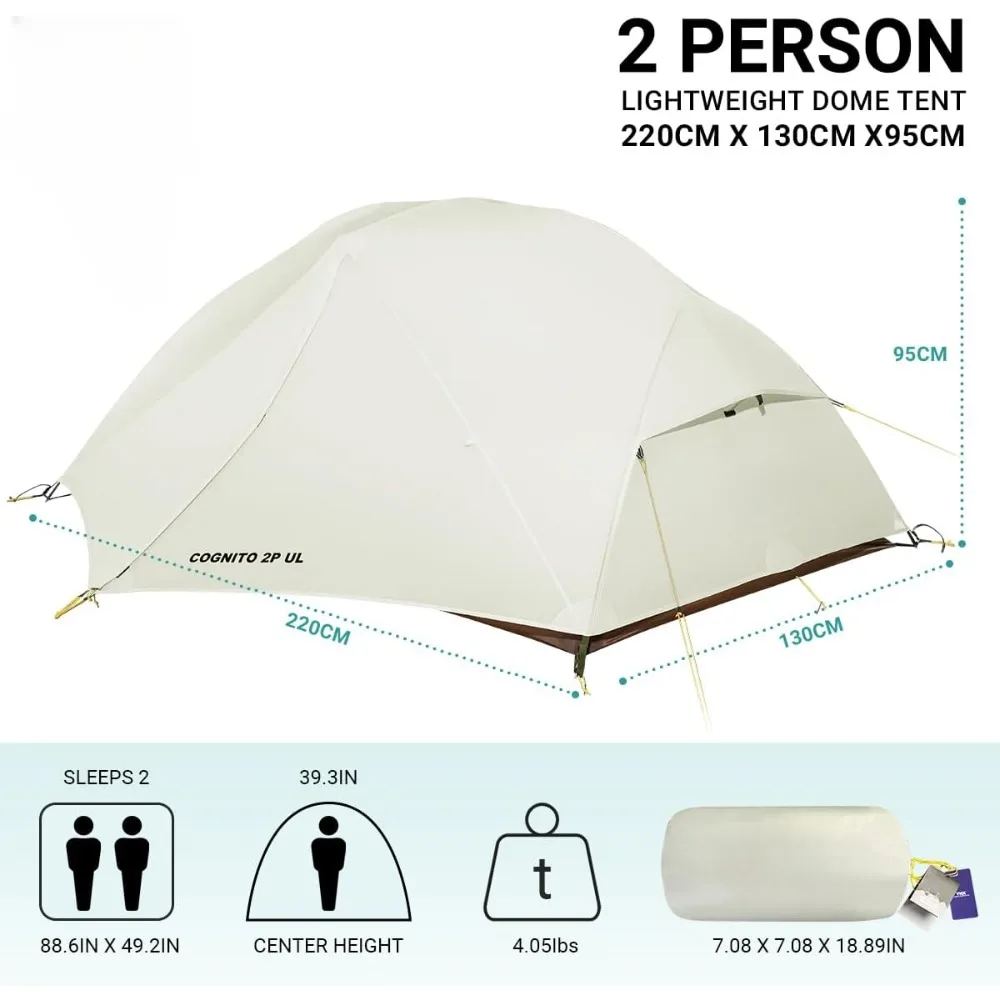
Broken Pole Remedies
- Use repair sleeve centered over break
- Secure with duct tape if sleeve is loose
- For complete pole section failure, splint with trekking pole section or sturdy stick
Knowing these repair techniques provides crucial peace of mind when venturing into remote alpine environments where shelter integrity becomes a matter of survival rather than mere comfort.
The Weight-Protection Balance: Making Your Selection
Finding the right balance between minimal weight and adequate protection represents the central challenge in selecting mountaineering shelters.
Assessing Personal Priorities
Consider your specific needs based on:
- Trip Duration: Longer trips often justify additional shelter weight for comfort and durability
- Expected Conditions: Higher wind and snow loads require more robust (and typically heavier) structures
- Altitude: Higher elevations generally experience more extreme weather and UV exposure
- Team Size: Sharing shelter weight among team members may allow for heavier, more protective options
- Technical Difficulty: More challenging routes may necessitate lighter equipment despite protection trade-offs
Decision Framework
| Trip Type | Recommended Shelter Type | Weight Priority | Key Features |
|---|---|---|---|
| Weekend Alpine Climb | Single-wall tent or bivy | Highest | Fast setup, minimal weight |
| Week-long Expedition | Lightweight double-wall | Moderate | Balance of protection and weight |
| High-altitude Extended | Expedition-grade shelter | Lower | Maximum weather protection |
| Alpine Traverses | Pyramid or trekking-pole tent | High | Adaptability to varied terrain |
The ultralight backpacking tent category offers numerous options that may work for less extreme alpine conditions, particularly during summer months at lower elevations.
Are Ultralight Shelters Always the Best Choice for Mountaineering?
While the ultralight philosophy has revolutionized mountaineering, there are legitimate scenarios where prioritizing protection over weight savings makes sense.
When More Protection Justifies Weight
- Extended Storms: Multi-day weather events require more robust living spaces and durability
- Base Camp Operations: When operating from a fixed position, comfort and durability become more important
- Winter Expeditions: Extreme cold and snow loads demand specialized construction
- Guide Operations: Professional responsibility may necessitate greater margins of safety
- Inexperienced Teams: Less experienced climbers benefit from more forgiving shelter systems
Risk Assessment Framework
When deciding between an ultralight shelter and a more protective option, consider:
- Remoteness of the location
- Weather forecast reliability
- Team experience with gear and conditions
- Bailout options if conditions deteriorate
- Consequence of shelter failure
Understanding the essential benefits of windproof tents in snow helps clarify when additional protection justifies the weight penalty.
How Do Alpine Shelters Differ from Regular Backpacking Tents?
Understanding the structural differences between standard backpacking tents and specialized alpine shelters helps justify their typically higher cost.
| Feature | Alpine Shelter | Standard Backpacking Tent |
|---|---|---|
| Pole Structure | Multiple crossing points, reinforced hubs | Minimal poles, simpler design |
| Guy Line System | 8+ attachment points, reinforced anchors | 4-6 attachment points |
| Fabric Weight | 20-70D with reinforced zones | 15-30D uniform construction |
| Vestibule Design | Snow-shedding angle, multiple configurations | Rain protection, basic storage |
| Ventilation | Protected vents functional in precipitation | Basic mesh panels, rainfly vents |
| Wind Resistance | Tested to 40+ mph | Typically rated for 20-30 mph |
| Price Point | $500-$1000+ | $200-$500 |
These differences reflect the specialized environments alpine shelters are designed to withstand. The premium construction directly translates to increased safety margins when conditions deteriorate.
Conclusion
Selecting the ideal ultralight windproof shelter for mountaineering requires balancing competing priorities of weight, protection, durability, and comfort. The perfect shelter doesn’t exist—rather, the best choice depends on your specific expedition goals, expected conditions, and personal risk tolerance.
Key considerations to remember:
- Weight savings should never compromise safety in predictably severe conditions
- Material and construction quality directly impact long-term reliability
- Setup efficiency becomes increasingly important as conditions deteriorate
- Condensation management is critical for maintaining gear effectiveness
- Field repairability provides essential peace of mind in remote locations
Before any significant expedition, thoroughly test your shelter in controlled conditions. Practice setup in darkness, with gloves, and in windy conditions. Familiarize yourself with emergency repairs and adaptations for various terrain types.
The ultralight approach to mountaineering shelter selection is ultimately about maximizing safety and efficiency—carrying just enough protection without the burden of unnecessary weight. By understanding the critical performance features and making informed compromises, you’ll select shelter systems that enhance rather than hinder your alpine objectives.

